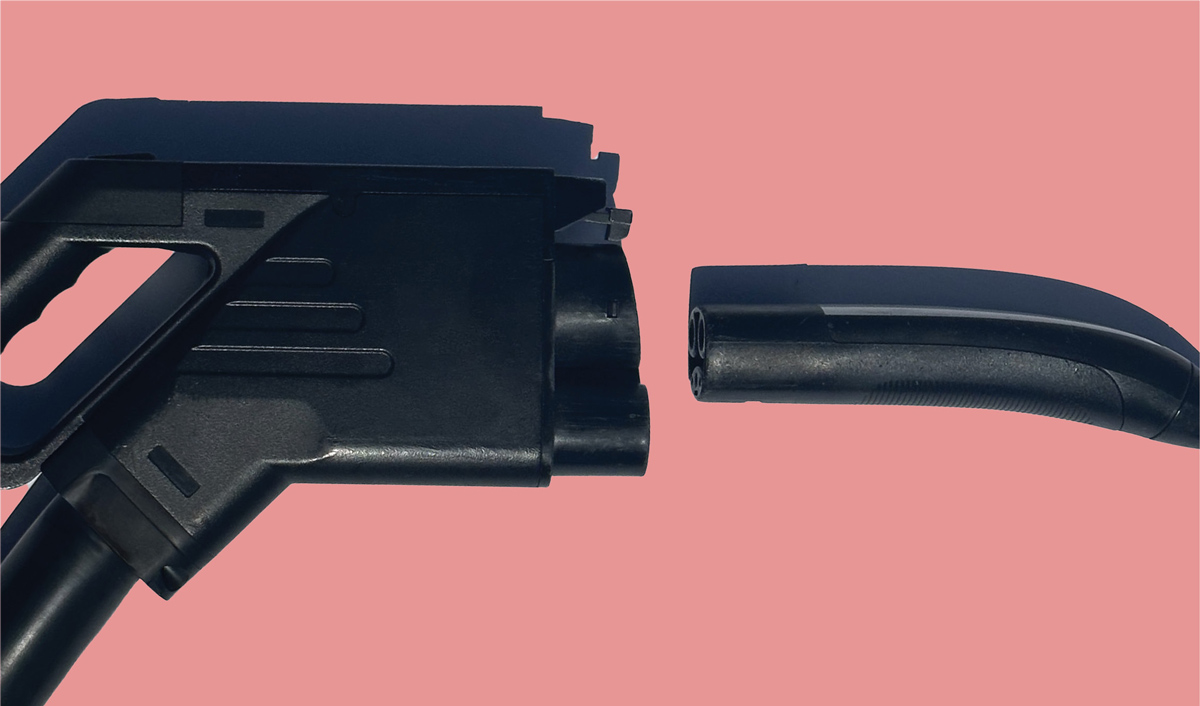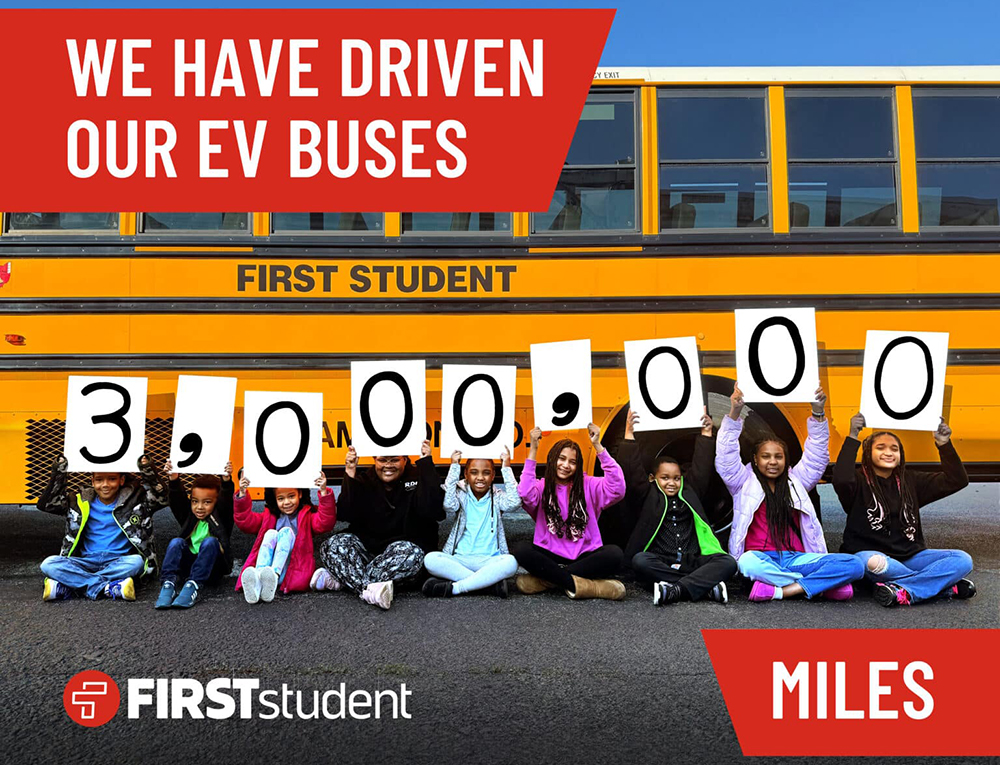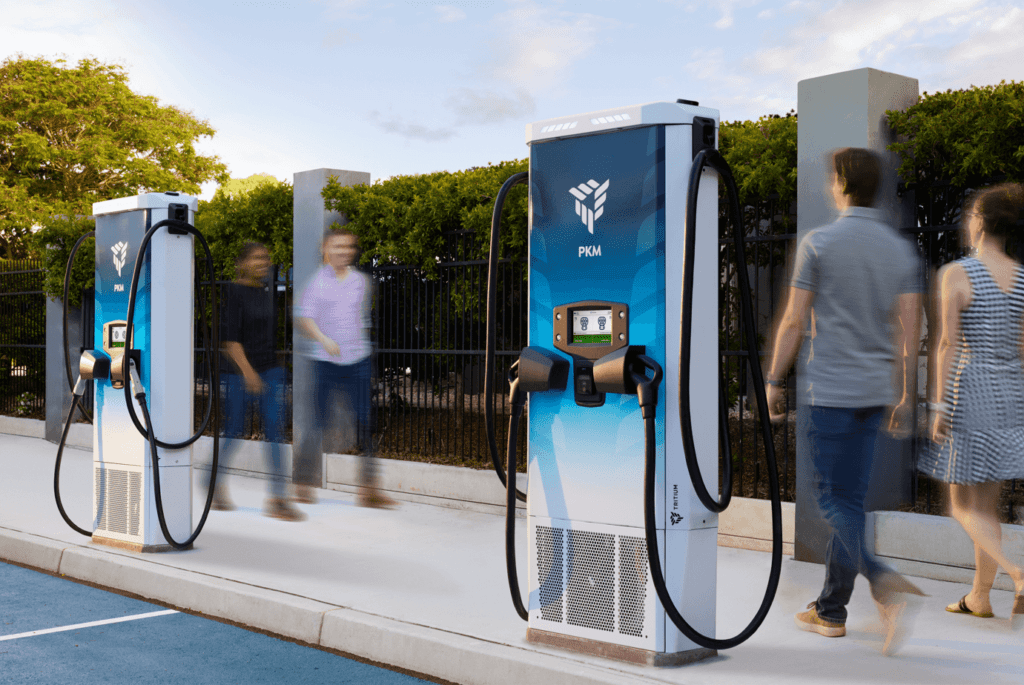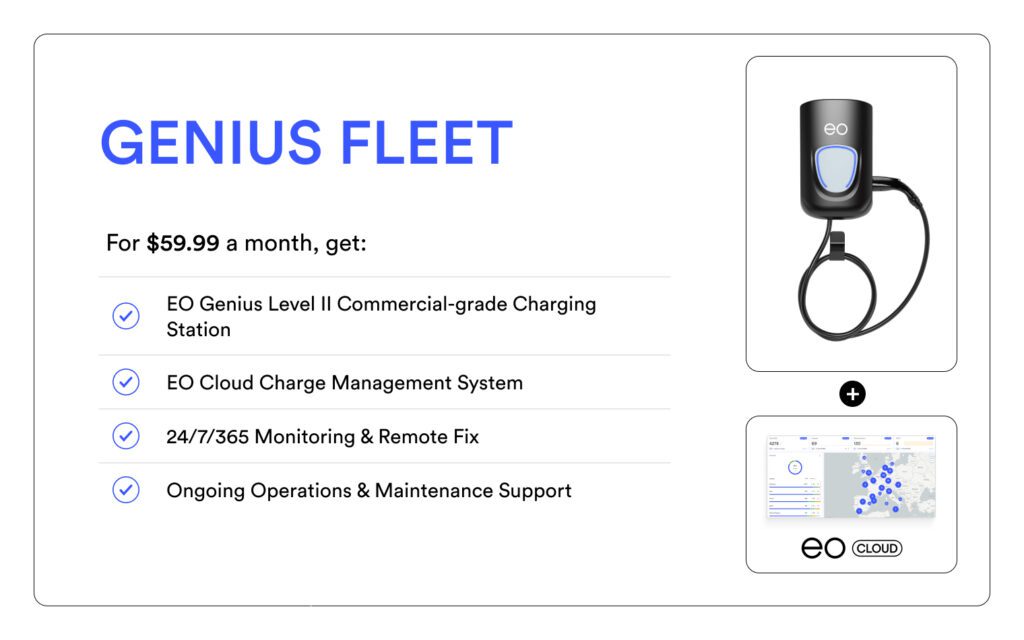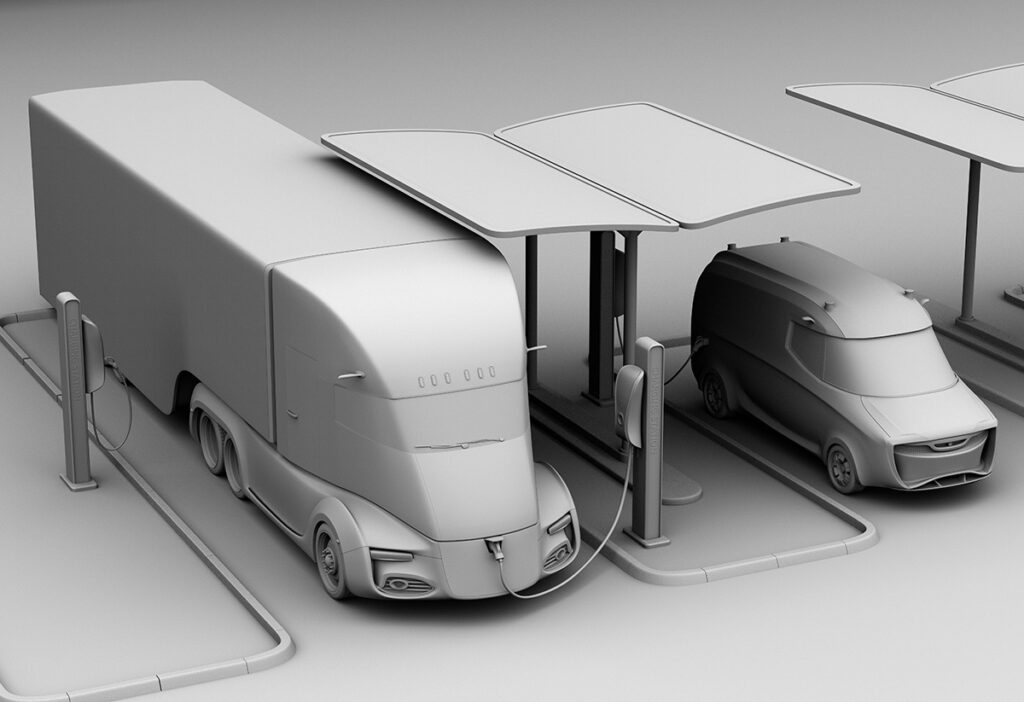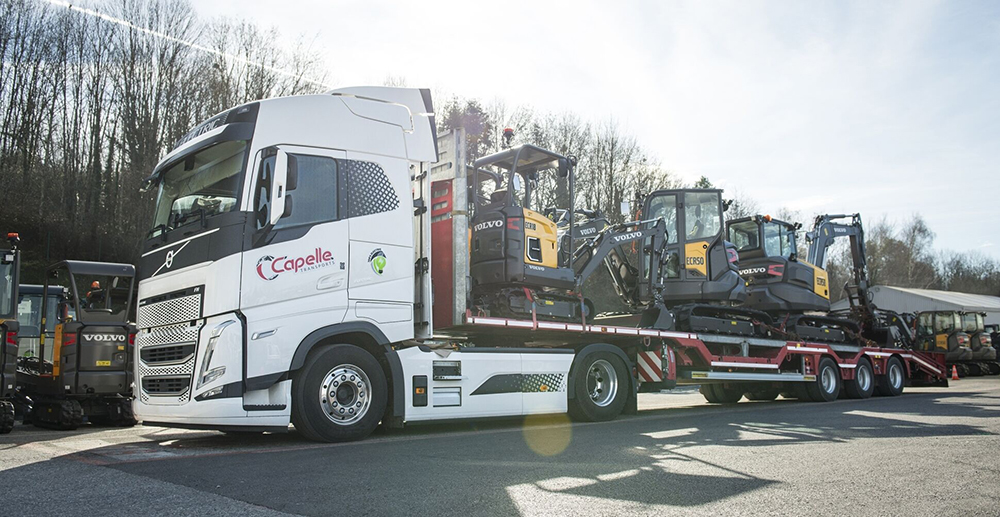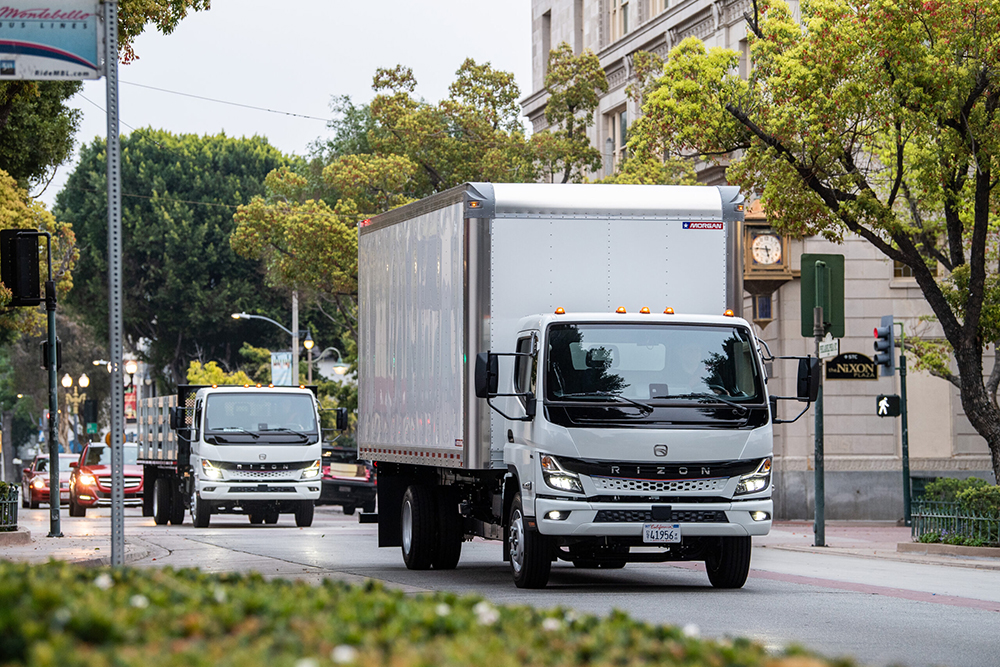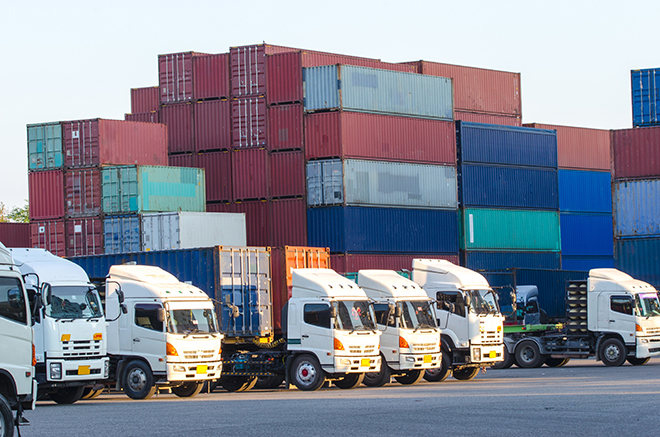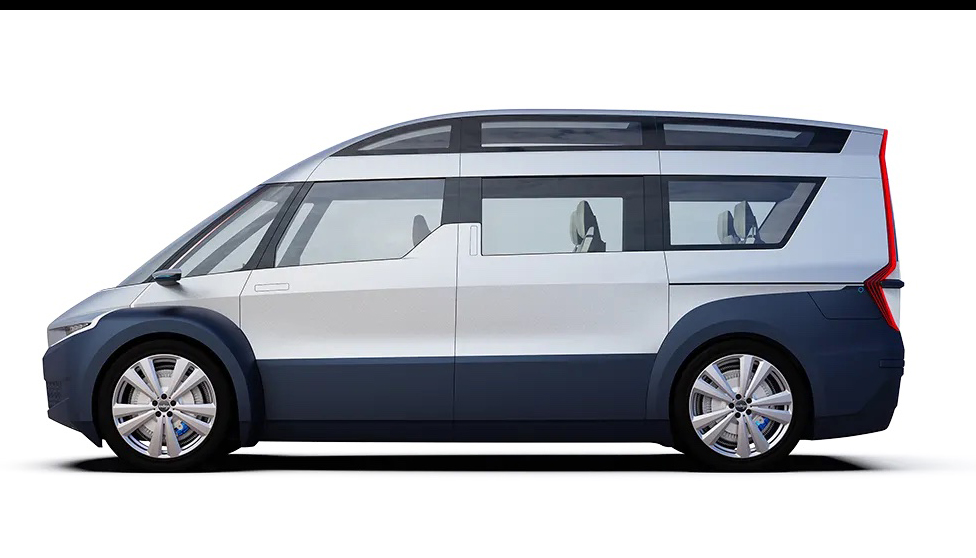Part 1: How automakers’ disappointment in Electrify America drove them into Tesla’s arms
Part 2: No, NACS is not today’s Tesla connector
Part 4: Behind the scenes as seven automakers counter Tesla’s Superchargers
EV charging is changing, but much remains to be settled
A flurry of news over less than a year permanently altered the US landscape for EV charging. To put these startling developments in context, Charged interviewed more than a dozen executives, engineers and analysts from automakers, DC fast charging network operators, charging hardware firms and other businesses.
Death of CCS?
US automakers seem uniformly confident that providing (or selling) adapters to buyers of their future NACS-equipped EVs will solve the problems. EV advocates are less sure, noting that three adapters will be needed during the transition. First will come Tesla-to-CCS, for today’s CCS-equipped EVs to charge at Supercharger sites. Then, separate CCS-to-NACS and J1772-to-NACS adapters—for DC fast charging and Level 2 charging respectively—for NACS-equipped EVs to use the tens of thousands of public charging sites currently equipped with those connectors.
Sure, major charging networks will add NACS connectors over time. But five or ten years from now, the US may continue to have two separate connectors on the EVs sold here. Why? Some non-US makers within the Group of Seven are wedded to the CCS standard for fast charging, since their home markets use CCS2 (Europe) or the North American CCS1 (South Korea). NACS does not currently handle 3-phase power, used in some other markets. “Predictions by Tesla fans of the death of CCS,” said one EV executive wryly, “may prove to have been slightly premature.”
While GM has publicly stated that its future EVs will have only the NACS connector, Ford consistently declines to answer that question directly, repeating only, “Ford is transitioning to NACS starting in 2025. As we transition, our fleet will include a mix of port configurations.” That leaves Stellantis—it has announced several battery-electric vehicles for the US, but none are in production today.
While GM has publicly stated that its future EVs will have only the NACS connector, Ford consistently declines to answer that question directly.
EV advocates hope at least one automaker will find it affordable to fit both CCS and NACS connectors, which would give it an irresistible marketing advantage: the ability to say, “Our EV can charge at any station in the US—without all those confusing adapters other EVs make you use.” Whether any brand is adventurous enough to do so remains in question.
The V2H question
A final reason that CCS may stick around for a while is the ability to export power, variously known as vehicle-to-home (V2H) or vehicle-to-load (V2L), with potential vehicle-to-grid (V2G) applications further in the future. Ford found unexpected enthusiasm for the idea of its F-150 Lightning serving as backup power for homes during outages, which caught the public’s attention despites all sorts of caveats. Kia (among others) is now promoting the same capability for its upcoming EV9 three-row electric SUV.
Tesla may soon be forced to implement some form of V2X. The California legislature is considering a bill that would require all EVs sold in the state to be capable of bidirectional charging by 2027.
Tesla’s NACS connector is capable of bidirectional charging, and Tesla has said it could provide V2X capabilities, but it has shown no signs of doing so. This is likely due to Tesla’s ancillary business selling Powerwall home energy storage batteries, which gives the company solid business reasons to slow-walk V2H. Tesla may soon be forced to implement some form of V2X, however. The California legislature is considering a bill that would require all EVs sold in the state to be capable of bidirectional charging by 2027.
GM and Ford, however, will need to develop and test the ability to deliver V2H to their customers via the NACS connector—having already implemented them for the CCS connector. That will take time, and it remains to be seen if the first non-Tesla EVs using the NACS connector can deliver the same V2H capabilities as their predecessors that use the CCS connector.
Part 1: How automakers’ disappointment in Electrify America drove them into Tesla’s arms
Part 2:No, NACS is not today’s Tesla connector
Part 4: Behind the scenes as seven automakers counter Tesla’s Superchargers
This article appeared in Issue 65: July-September 2023 – Subscribe now.



